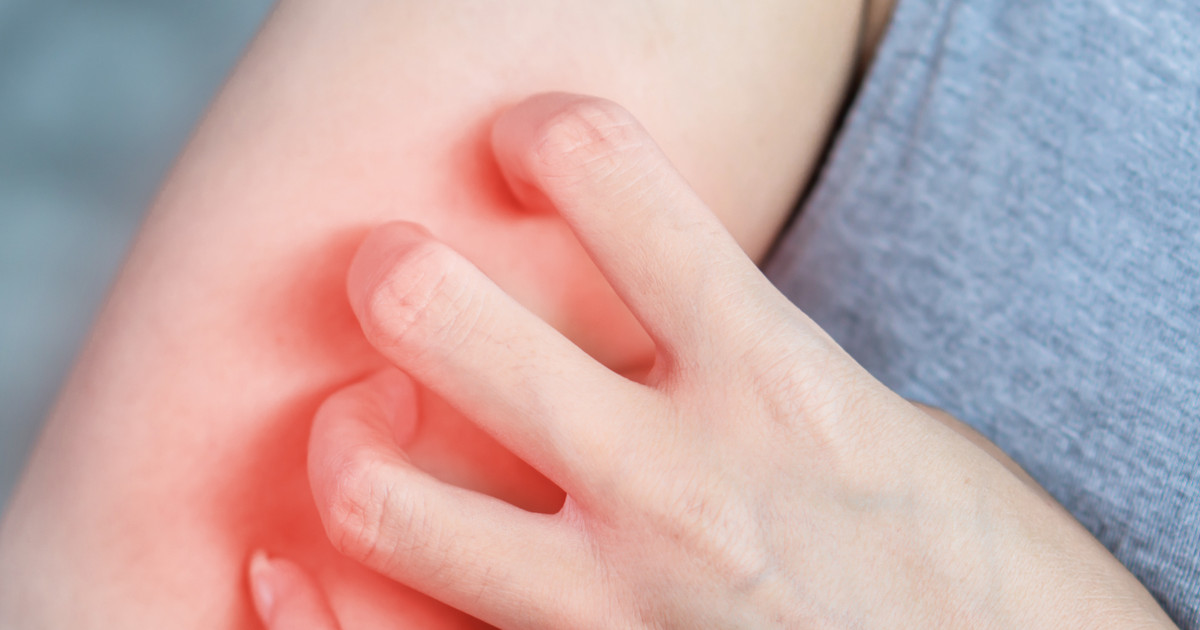Side Effects Of Hydrogen Peroxide
Hydrogen peroxide has been a trusted mild antiseptic for decades, serving as a preventive measure against infections in minor burns, scrapes, and cuts. Beyond its medicinal applications, the compound boasts various non-medicinal uses. For individuals grappling with mouth irritations caused by gingivitis, cold sores, canker sores, or other mild internal wounds, using hydrogen peroxide as a mouth rinse may provide relief. Interestingly, the compound's foaming action, triggered by the release of oxygen upon contact, aids in removing dead skin and debris from the affected area, preventing bacterial infections. However, caution is advised, as hydrogen peroxide should not be used for cleaning animal bites, serious burns, or deep wounds, given its potential side effects.
It's essential to highlight that medical professionals have moved away from using hydrogen peroxide to disinfect wounds due to its impact on sensitive skin. While it has proven effective in certain scenarios, understanding its limitations is crucial to ensuring proper wound care and avoiding unnecessary skin complications.
Skin Redness

One potential side effect associated with hydrogen peroxide usage is skin redness. The concentration of the solution plays a significant role in its impact on the skin. Solutions with ten percent concentration, commonly found in hair bleaching products, can be extremely irritating, leading to redness and discomfort. Household disinfectants typically contain lower concentrations, ranging from three to five percent, still causing mild irritation and potential redness. Even solutions with three percent concentration, deemed "safe" for skin handling, can induce redness, particularly on sensitive skin. Notably, individuals using hydrogen peroxide for purposes like skin whitening or acne scar treatment may experience heightened redness and discomfort, emphasizing the importance of cautious application.
Understanding the correlation between hydrogen peroxide concentration and skin reactions is essential for both healthcare professionals and individuals seeking its benefits. Striking a balance between effective disinfection and skin safety remains paramount.
Stinging Sensation

The stinging sensation associated with hydrogen peroxide usage sets it apart from other antiseptics. When applied to open wounds, individuals may experience a pins-and-needles, stinging feeling, accompanied by a noticeable fizzing. While alcohol shares a similar stinging effect, the underlying chemical reactions differ. Research indicates that hydrogen peroxide activates the TRPA1 pain receptor on specific nerve cells, distinct from the TRPV1 receptor activated by alcohol. Both receptors play a role in signaling the presence of harmful substances, including those present in hydrogen peroxide and tear gas.
Understanding the molecular mechanisms behind the stinging sensation provides valuable insights for patients and healthcare providers. Acknowledging these nuances can contribute to better-informed decisions regarding wound care and antiseptic choices.
